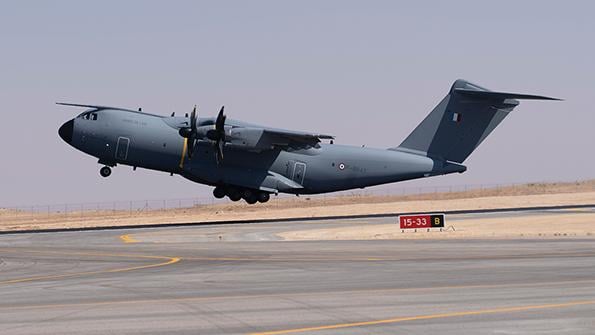
Airbus is hoping to win A400M export business in the Middle East.
Credit: Airbus
Almost 15 years after the A400M’s first flight, Airbus Defense and Space is looking to move out from under the program’s financial shadow. The company expects to generate stronger financial performance from its defense business, driven by cost-cutting efforts, including on the A400M military...
Airbus Defense Sees Exit From A400M’s Financial Turbulence is part of our Aviation Week & Space Technology - Inside MRO and AWIN subscriptions.
Subscribe now to read this content, plus receive full coverage of what's next in technology from the experts trusted by the commercial aircraft MRO community.
Already a subscriber to AWST or an AWIN customer? Log in with your existing email and password.





